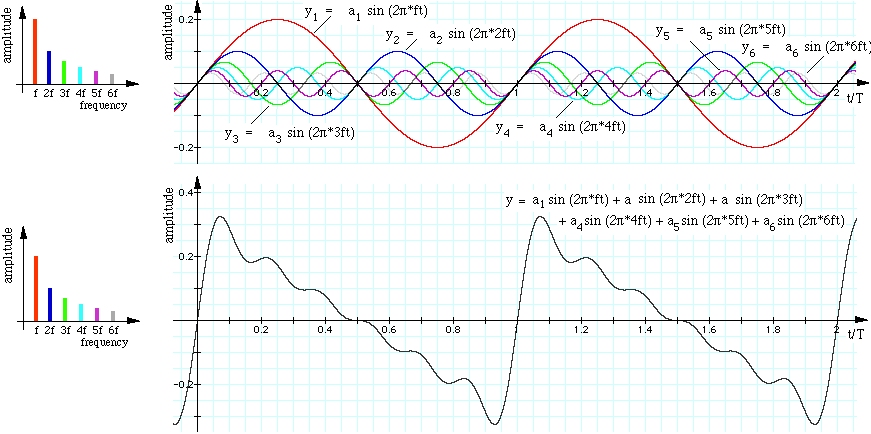


So perhaps causality violation could originate at infinity with a Cauchy horizon forming at left and/or right future null infinity and propagate into the interior of the spacetime along null geodesics of g which are spacelike w.r.t. This implies that g may not approach m near future null infinity. In 2 d, even for the linear wave equation solutions do not decay at null infinity, so u does not necessarily decay near future null infinity. Under time evolution, the u field can propagate out to future null infinity. Assume that the initial data ( u, d u ) is compactly supported on S. For such S there is no Cauchy horizon for the linear wave equation so now consider such S for a nonlinear equation of the form ( 2.1). This is rather uninteresting (unrelated to any violation of causality) so consider instead the case of S extending to (left and right) spatial infinity in 2d Minkowski spacetime. In this case, H + ( S ) exists because information can enter the spacetime from past null infinity without crossing S. This can happen even for the linear wave equation if S extends to left and/or right past null infinity in 2d Minkowski spacetime. To violate causality in a smooth way, the generators of H + ( S ) would have to emanate from infinity. 2 General scalar equation 2.1 Subluminal and superluminal equations Whether this is possible in a higher dimensional superluminal theory (let alone all such theories) is an open question. In section 3.2 we explain why this is not possible in 1 + 1 dimensions. 4 4 4The word “generic” is included to reflect the condition that the time machine should be stable under small perturbations of the initial data. smooth, compactly supported, data specified on a complete surface extending to spatial infinity in Minkowski spacetime) for which the MGHD is extendible, with a compactly generated Cauchy horizon. Smooth formation of a time machine would require that there exist generic initial data belonging to some suitable class (e.g. However, our work does show that the object that one would have to study in order to address this question, namely the MGHD, is well-defined in a superluminal theory. Of course we have not answered the question which motivated the present work, namely whether it is possible to “build a time machine” in any Lorentz invariant theory which admits superluminal propagation.


 0 kommentar(er)
0 kommentar(er)
